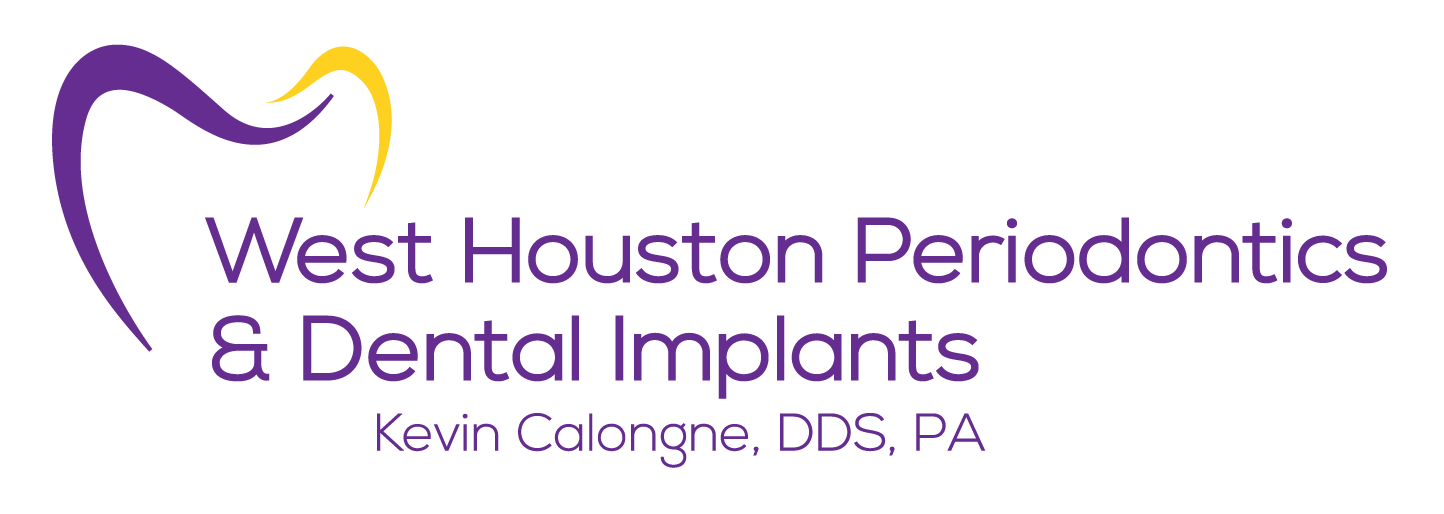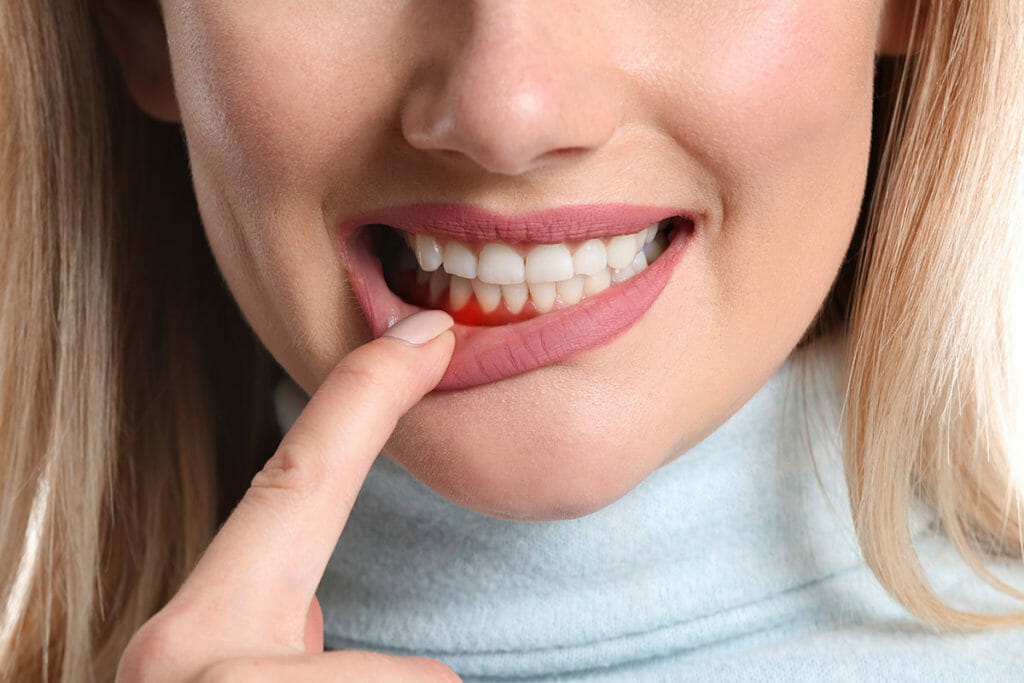At West Houston Periodontics, Dr. Calongne is a specialist in treating various types of gum disease which include gum infections and gum inflammations. If your gums hurt, are inflamed or sensitive, please call us to make an appointment. These symptoms could get worse over time.
Gum Infections
Gum infections are usually caused by bacteria found in dental plaque, but they can also be caused by viruses or fungi. The infection can be generalized or local, chronic or acute; and only your dental professional can provide an accurate diagnosis. These infections can lead to bad breath, pain, and even tooth loss. The earlier that treatment is performed, the less likelihood that there will be permanent damage and the less expensive the treatment will be. Don’t wait and expect your gum issue to just go away, in most cases, it will just get worse over time.
Gum Inflammations
Inflamed gums are manifested by bleeding, redness, pus, swelling, and soreness. The inflammation is usually caused by the body’s reaction to bacteria found in dental plaque, but it can also be a sign of a vitamin deficiency, fungal disease, viral infection, diabetes or other systemic disease, and even leukemia. You should see a qualified dental professional such as a periodontist for a diagnosis, and they can prescribe the best treatment to address your inflamed gums.
Gum Disease Treatment
The goal of periodontitis treatment is to thoroughly clean the pockets around teeth and prevent damage to surrounding bone. You have the best chance for successful treatment when you also adopt a daily routine of good oral care, manage health conditions that may impact dental health and stop tobacco use.
Nonsurgical treatments
If periodontitis (Gum Disease) isn’t advanced, treatment may involve less invasive procedures, including:
- Scaling. Scaling removes tartar and bacteria from your tooth surfaces and beneath your gums. It may be performed using instruments, a laser or an ultrasonic device.
- Root planing. Root planing smooths the root surfaces, discouraging further buildup of tartar and bacteria, and removes bacterial byproducts that contribute to inflammation and delay healing or reattachment of the gum to the tooth surfaces.
- Antibiotics. Topical or oral antibiotics can help control bacterial infection. Topical antibiotics can include antibiotic mouth rinses or insertion of gels containing antibiotics in the space between your teeth and gums or into pockets after deep cleaning. However, oral antibiotics may be necessary to completely eliminate infection-causing bacteria.
Surgical treatments
If you have advanced periodontitis, treatment may require dental surgery, such as:
- Flap surgery (pocket reduction surgery). Dr. Calongne makes tiny incisions in your gum so that a section of gum tissue can be lifted back, exposing the roots for more effective scaling and root planing. Because periodontitis often causes bone loss, the underlying bone may be recontoured before the gum tissue is sutured back in place. After you heal, it’s easier to clean these areas and maintain healthy gum tissue.
- Soft tissue grafts. When you lose gum tissue, your gumline recedes. You may need to have some of the damaged soft tissue reinforced. This is usually done by removing a small amount of tissue from the roof of your mouth (palate) or using tissue from another donor source and attaching it to the affected site. This can help reduce further gum recession, cover exposed roots and give your teeth a more pleasing appearance. Learn more here.
- Bone grafting. This procedure is performed when periodontitis has destroyed the bone surrounding your tooth root. The graft may be composed of small fragments of your own bone, or the bone may be synthetic or donated. The bone graft helps prevent tooth loss by holding your tooth in place. It also serves as a platform for the regrowth of natural bone.
- Guided tissue regeneration. This allows the regrowth of bone that was destroyed by bacteria. In one approach, your dentist places a special piece of biocompatible fabric between existing bone and your tooth. The material prevents unwanted tissue from entering the healing area, allowing bone to grow back instead.
- Tissue-stimulating proteins. Another technique involves applying a special gel to a diseased tooth root. This gel contains the same proteins found in developing tooth enamel and stimulates the growth of healthy bone and tissue.

